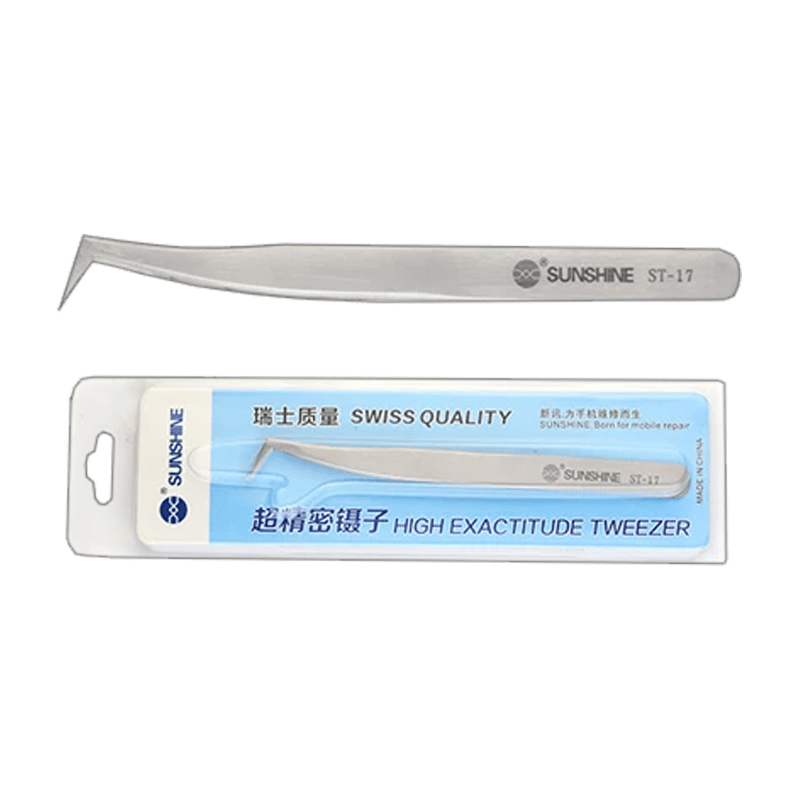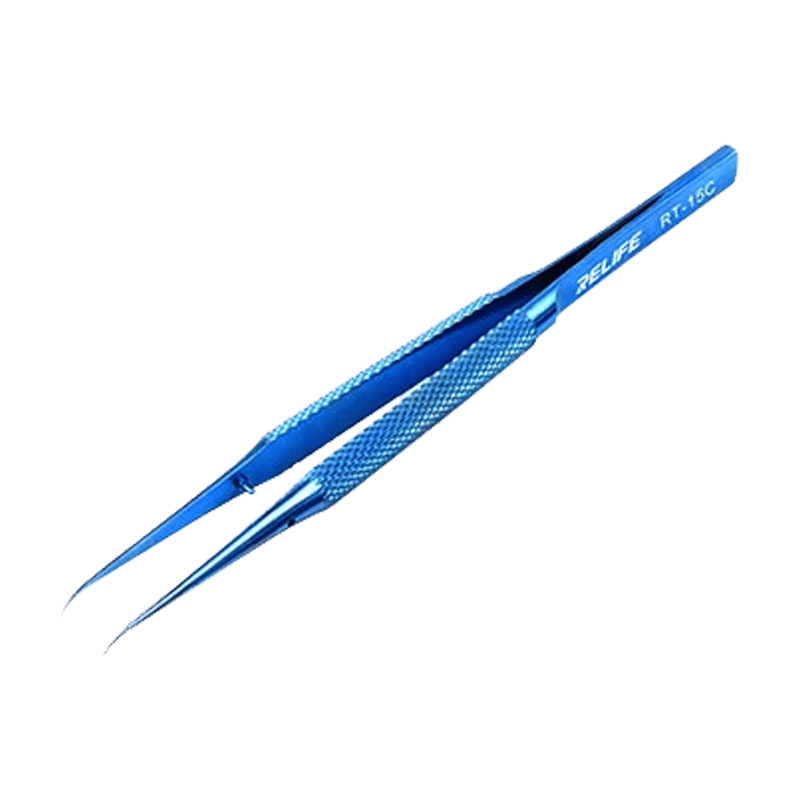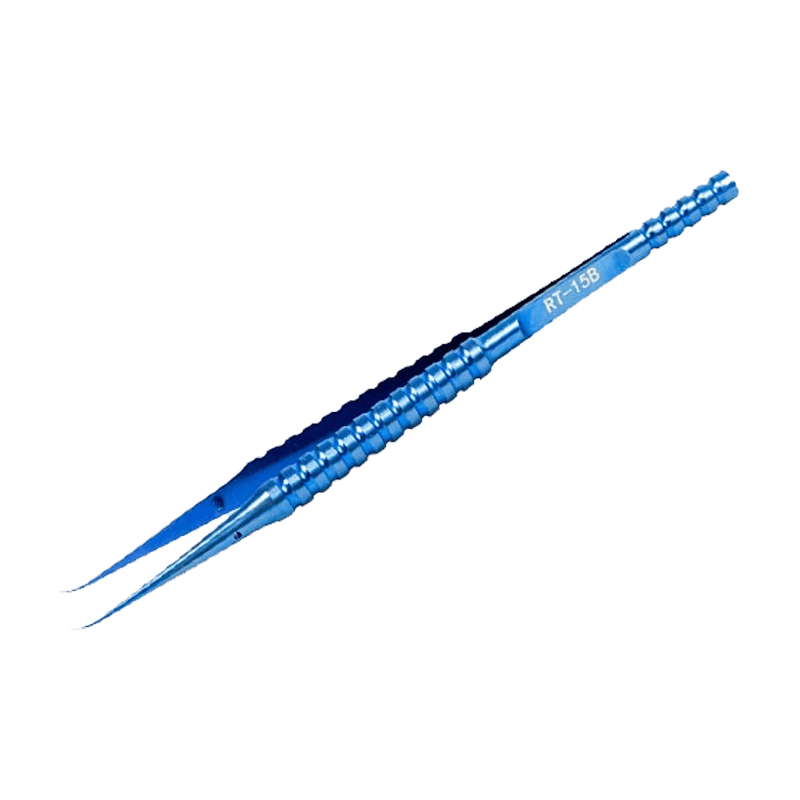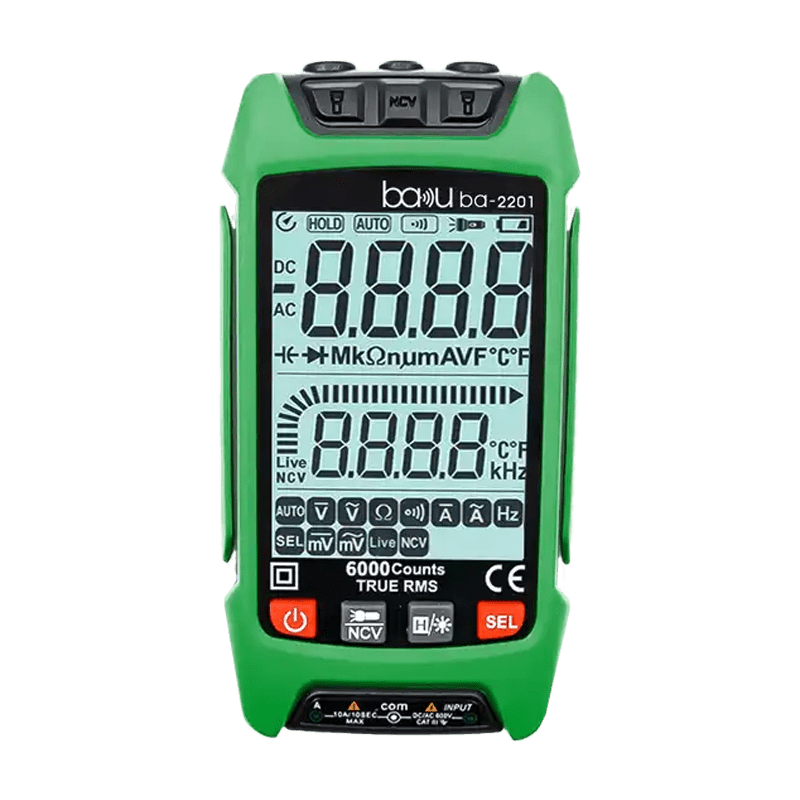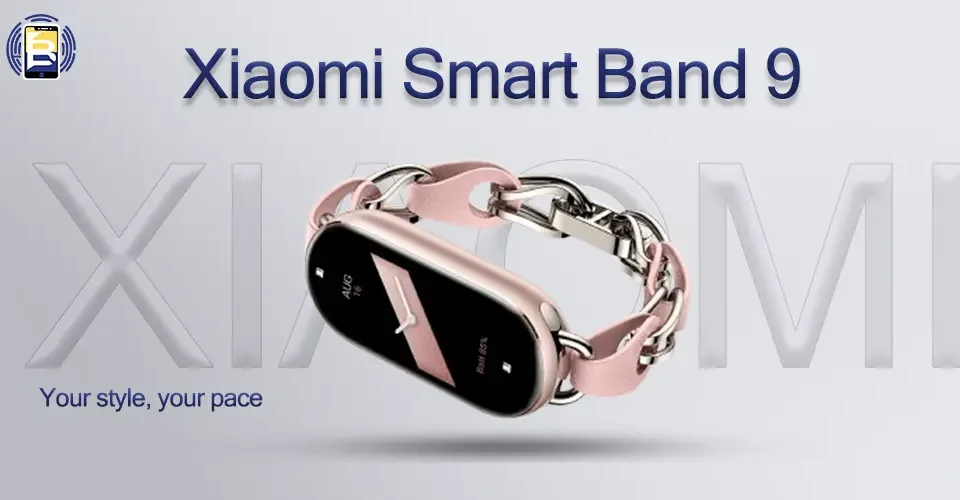iPhone 16 Plus Camera Architecture and Component Analysis
48MP Fusion Camera Module Technical Specifications
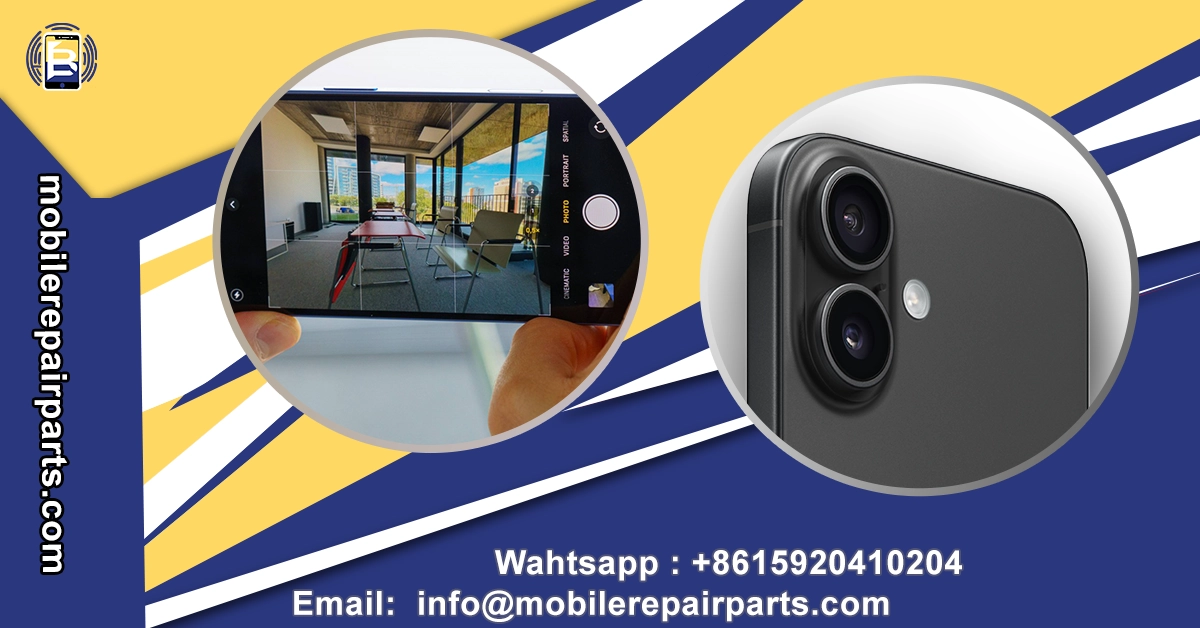
Beta iPhone 16 Plus Camera Components
Premium quality replacement parts for professional repair technicians

Why Choose Beta Camera Components?
- ✓ Professional-grade quality matching OEM standards
- ✓ Advanced optical technology for superior image capture
- ✓ Perfect compatibility with iPhone 16 Plus calibration systems
- ✓ Rigorous quality testing before shipment
About Beta Electronics Co., Ltd.
Leading manufacturer of premium mobile phone replacement parts. Specializing in high-quality components for professional repair technicians across Latin America.
Address: Bin Jiang Xi Lu, Haizhu, Guangzhou 510000, China
Email: info@mobilerepairparts.com
Ready to Elevate Your Repair Business?
Contact us for wholesale inquiries and technical support
Por WhatsAppUltrawide Camera System and Auxiliary Components
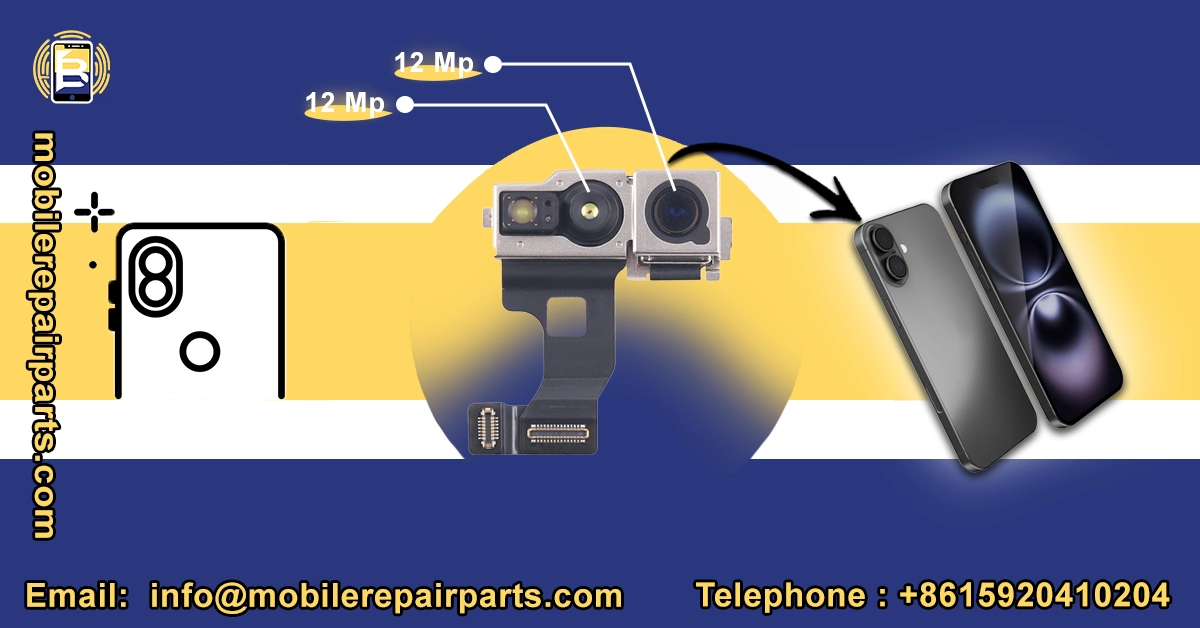
Advanced iPhone 16 Plus Camera Repair Procedures and Diagnostic Protocols
Camera Module Removal and Replacement Technical Sequence
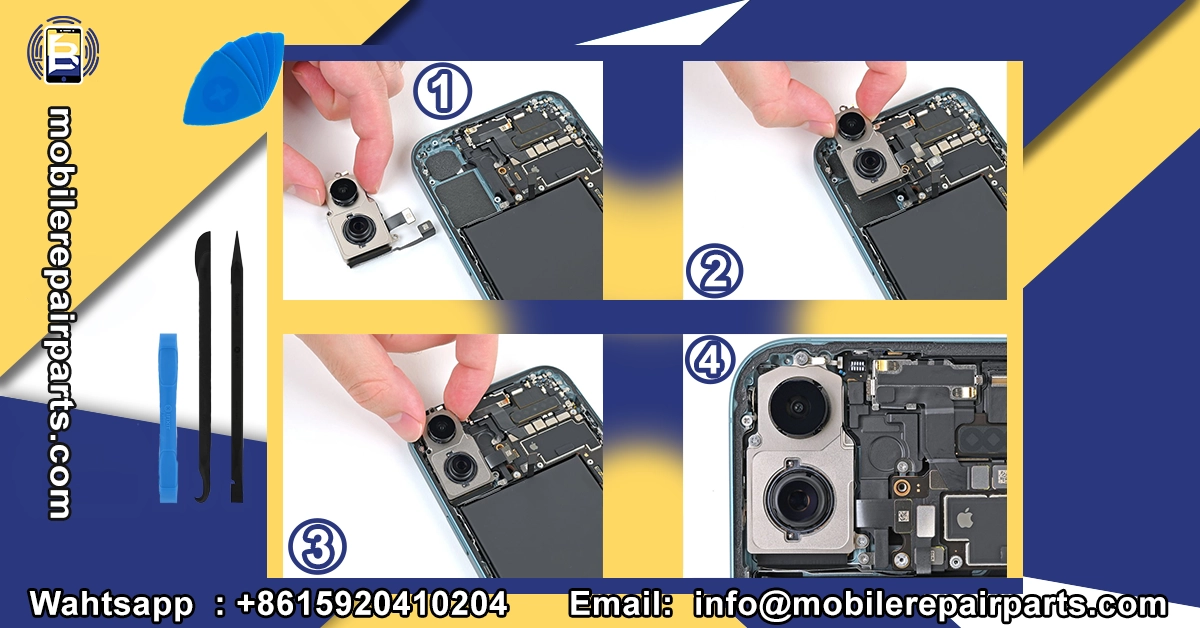
Common Hardware Failures and Troubleshooting Matrix
iPhone 16 Plus Camera Parts Sourcing and Quality Control Standards




